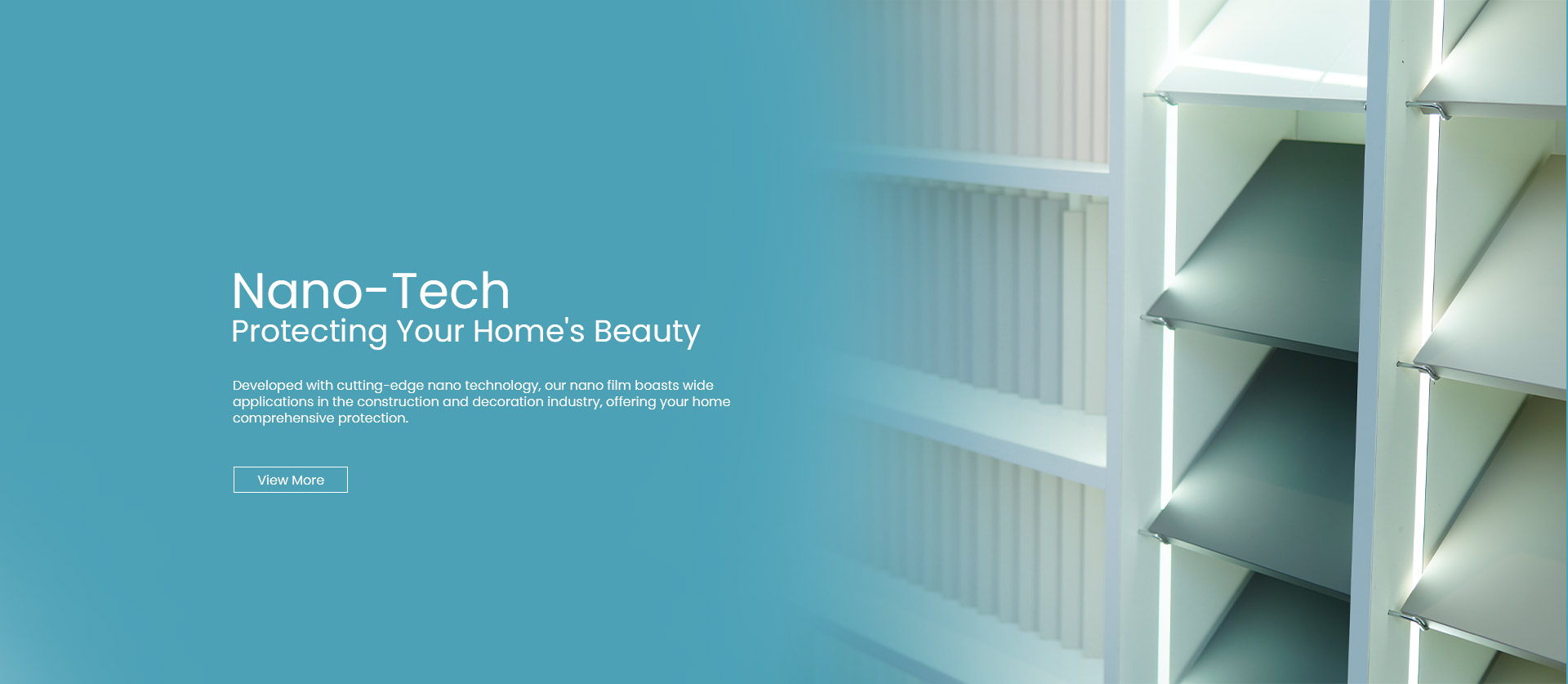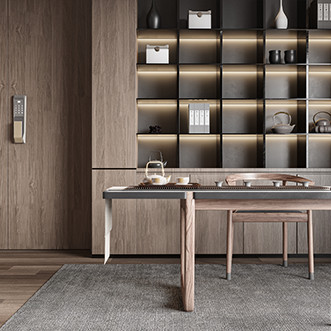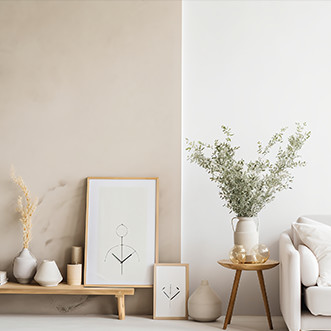What Is PET Film Used for?
Polyethylene Terephthalate, more commonly known as PET, is a remarkably versatile and high-performance thermoplastic polymer. While most people recognize it from plastic bottles, in its thin, engineered form as pet film, it becomes a critical component in countless advanced applications. Its unique combination of clarity, strength, chemical resistance, and thermal stability makes it an indispensable material across industries, including the dynamic field of construction and architecture.
The Fundamental Strengths of pet film
PET film's popularity stems from a set of inherent properties that engineers and designers leverage:
Exceptional Strength & Durability: It boasts a high tensile strength and excellent dimensional stability, meaning it resists stretching, shrinking, and tearing under stress.
Optical Clarity: It is exceptionally clear, allowing for high light transmission, which is crucial for many applications.
Barrier Properties: It acts as a strong barrier to moisture, gases, and odors, protecting sensitive materials.
Chemical Resistance: It is resistant to a wide range of solvents, oils, and greases.
Thermal Stability: It has a high melting point and can withstand soldering temperatures, making it suitable for electronic processes.
Recyclability: As a thermoplastic, PET can be recycled, aligning with modern sustainability goals.
A Material for Every Sector: Key Applications
The utility of PET film spans a breathtaking range of technologies:
Flexible Packaging: It is a primary material for food packaging (e.g., snack bags, pouches) due to its barrier properties and ability to be metallized for added protection.
Electrical & Electronics: Its thermal and electrical insulation properties make it ideal for uses like flexible printed circuits (FPCs), wire wraps, and motor insulation.
Imaging & Graphics: It serves as a superior base for photographic film, X-rays, and large-format printing due to its durability and clarity.
Industrial Laminates: PET film is often laminated to other materials like metals or plastics to enhance their surface properties, providing scratch resistance and a decorative finish.
PET Film in Modern Architecture and Construction
This is where the true potential of PET film as an engineered material shines. In the building sector, it is rarely a standalone product but is instead a foundational layer in complex, high-performance laminates that define contemporary buildings.
1. Advanced Glazing and Windows:
Modern windows are no longer just panes of glass. They are sophisticated systems designed for energy efficiency. PET film is a key component in the creation of Low-E (low-emissivity) coatings. A thin, virtually invisible layer of metal is deposited onto the PET film, which is then laminated between two sheets of glass. This coating allows visible light to pass through while reflecting infrared heat, keeping buildings cooler in summer and warmer in winter, drastically reducing HVAC costs.
2. Decorative and Protective Interior Surfaces:
PET film is the substrate for high-pressure laminates (HPLs) and continuous pressed laminates (CPLs) used on countertops, cabinets, and furniture. It can be printed with any pattern—wood grain, stone, abstract designs—and then coated with a durable, scratch-resistant layer. This creates aesthetically pleasing surfaces that are also incredibly tough and easy to maintain.
3. Structural and Safety Glazing:
When laminated between layers of glass, a thick, strong PET film (often referred to as PET interlayer) creates safety and security glass. Unlike traditional glass that shatters into sharp shards, this laminated glass holds together when broken, preventing injury from falling glass and providing resistance to forced entry. It is used in skylights, balustrades, overhead glazing, and security-sensitive areas.
4. Protective Barriers and Surface Protection:
During construction and renovation, PET film is widely used as a temporary protective film. Applied to finished surfaces like stainless steel appliances, elevator doors, hardwood floors, and delicate stonework, it shields them from scratches, dirt, and paint splatter during the rest of the construction process. It is easily removed after the project is complete without leaving residue.
5. Specialized Building Membranes:
Certain types of metallized or coated pet films are used in radiant barrier systems. Installed in attics or walls, these reflective films block radiant heat transfer, contributing to a building's overall thermal management.
As a common and durable material, PET film helps architects and builders push the boundaries of design, sustainability, and performance. Its role in construction, in particular, demonstrates how a material can evolve from simple packaging to a core component of intelligent, efficient, and beautiful buildings. If you'd like to learn more about PET film, please contact us!




